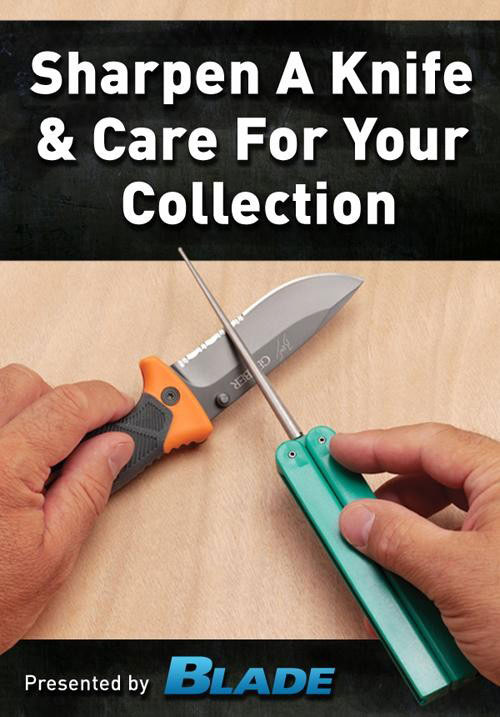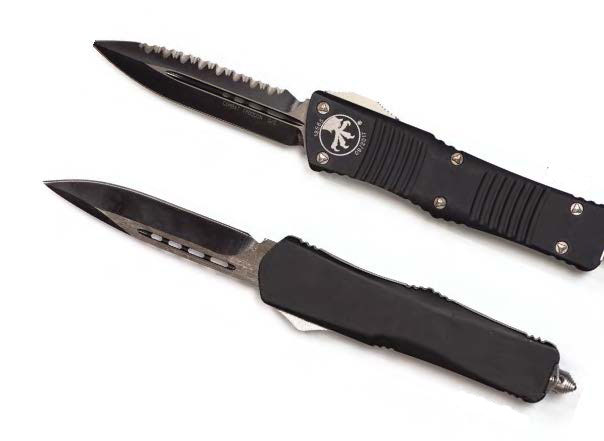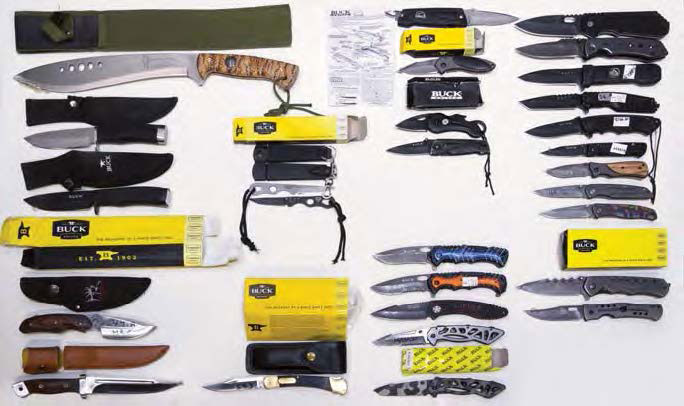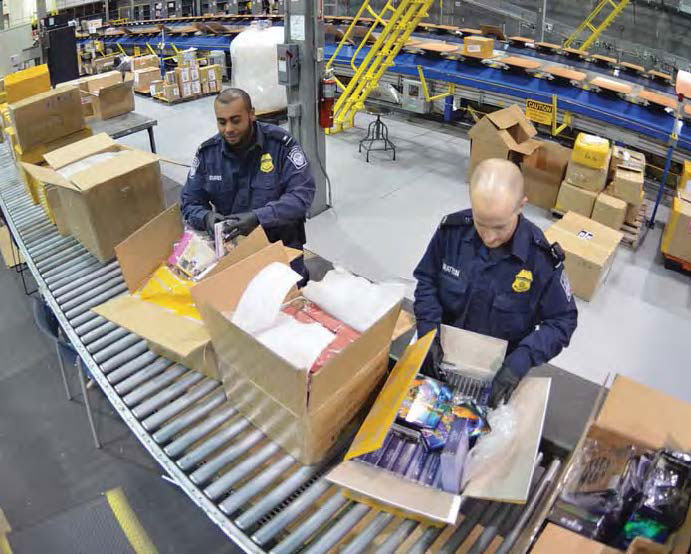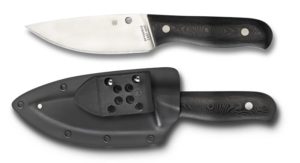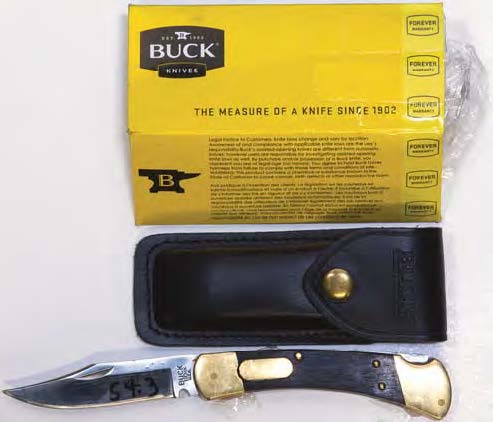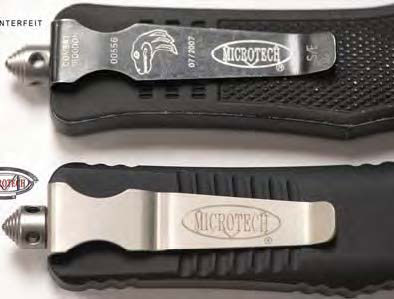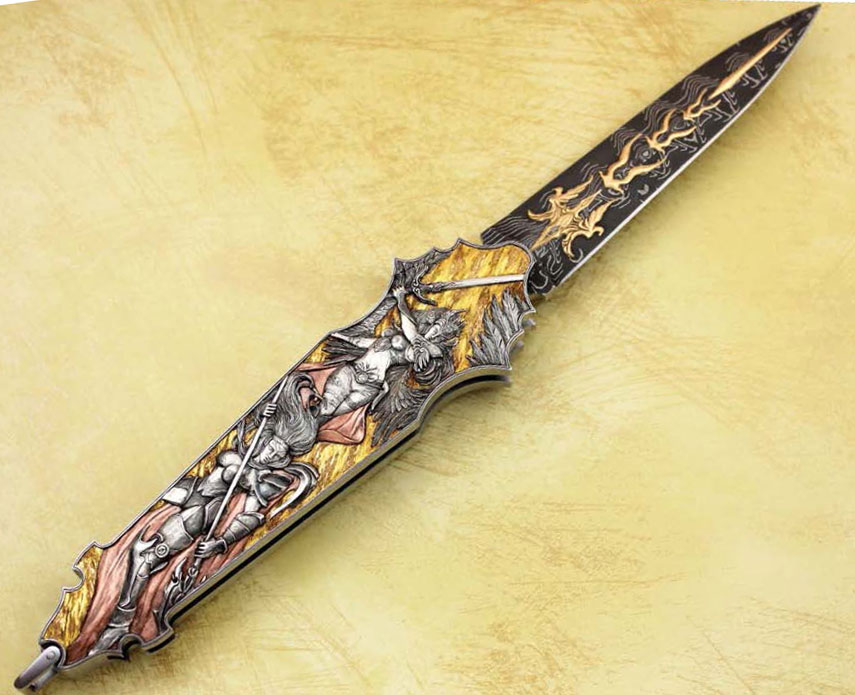
Custom Knives Require a Special Kind of Tender Loving Maintenance
Most everyone knows what’s needed to care for a utility knife, including maintaining a working edge and wiping it down after use. However, keeping your custom knife as stunning as the day you first laid eyes on it is another matter. BLADE® polled four veteran knife collectors for their input on the subject. After years of collecting, they have more than a few ideas on how to keep knives presentation ready.
It may not be apparent when buying just one knife, but tallied up and considered together, knife collections can add up to a serious investment.
“It’s imperative that you preserve it as a group,” said U.S. Army veteran and long-time knife collector Louis Chow of San Francisco. “And even more so for the people that prefer a certain maker, you can say Loveless collectors or Moran collectors or what not, because it becomes a collection that is actually known to others.”
Chow has searched for custom combat/military type knives from those by BLADE Magazine Cutlery Hall-Of-Fame© member Bo Randall to sub-hilt fighters by Cutlery Hall-Of-Famer Bob Loveless.
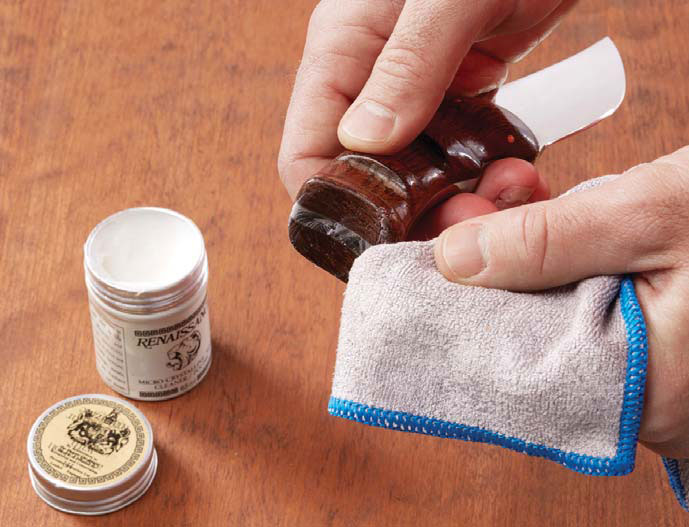
For the diverse kinds of knives in his collection, some with stainless steel blades and others with leather grips, Chow has reached for one product over the past three decades to keep things pristine: Renaissance Wax. Chow began using it after maker Clay Gault recommended it. Gault was known for his natural handle materials.
“If it’s good enough for the British Museum, I think it’s good enough for me,” Louis said of Renaissance Wax.
Researchers at the British Museum learned that natural waxes went acidic over time, which was not good for the museum’s relics. In the late 1950s, Dr. A.E.A. Werner reportedly developed Renaissance Wax in the museum’s research laboratory.
With Renaissance Wax, Chow doesn’t have to distinguish between blade and handle. It works equally well protecting carbon blades, stacked leather handles and the sheaths that encompass them.
When knives sit in padded, acid-free cases, the wax doesn’t soak into the fabric of the cases as oils do. After returning from knife shows and to remove the traces of soda, coffee and fingerprints, Chow wipes down his blades with cotton buffing cloths from auto centers or specialty shops. He uses the cotton buffing cloths instead of microfleece because the latter tends to leave fibers everywhere.
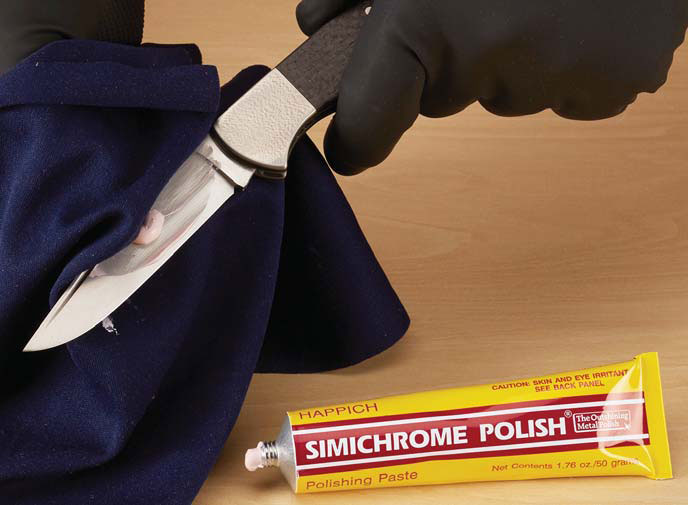
Chow also uses a polish paste on his carbon steel knives if he notices rust beginning to form. He’s careful to use a mild polish without a lot of grit, such as Simichrome or 3M. Other polishes have a fine grit that, “if you have a mirror polish blade, that might change the condition of the finish.”
See the Light

Paul Kessler not only preserves the finely fitted and oft en engraved knives he collects, but he displays them as well. Of maintaining knives, he said, “It’s like taking care of your eyeglasses.”
The mortgage advisor’s maintenance routine begins when a new knife joins his collection. He cleans the fresh blade with WD-40. Kessler uses WD-40 only to clean blades. It tends to migrate, he says.
To lubricate folder pivots he uses Tuf-Oil or Breakfree.
“It’s a recommendation that I received from knifemaker Tom Overeynder, and they both work extremely well,” Paul noted. “They’re Teflon-bearing oils that won’t coagulate.”
Moisture and light are Kessler’s biggest concern when storing his knives. Just as sunlight changes the cabinetry of a kitchen, it can affect knives, he said.
“What happens with mammoth ivory, sunlight fades the color,” he observed. “When exposed to light, cocobolo gets darker. Elephant ivory, on the other hand, darkens and ‘patinas,’ and actually looks nicer.”
The first line of defense against light is museum glass that deflects the harmful rays. Kessler’s cases are lined with a Ph-neutral cloth and he turns to industrial magnets that hold the knives in place with 100 pounds of force.
He has used cigar boxes and antique picture frames to display his knives. They are French fitted, dustproof and airtight.
He stores fixed blades out of their sheaths and automatic knives with their springs not under pressure.
“I’ll use mineral oil with the 0000-steel wool on something that’s been exposed to the sun to bring the color back a little bit,” he said.
Every three months, Kessler moves his knives’ actions and oils the pivots with Tuf-Coat lubricant. He does not use Renaissance Wax. He finds that it leaves a film, giving the knife less of a luster.
Instead, he turns to RustFree, a product sold by A.G. Russell Knives. Kessler works a little on a cloth, wipes the knives and stores the cloth in a bag.
No Knife Wash Blues
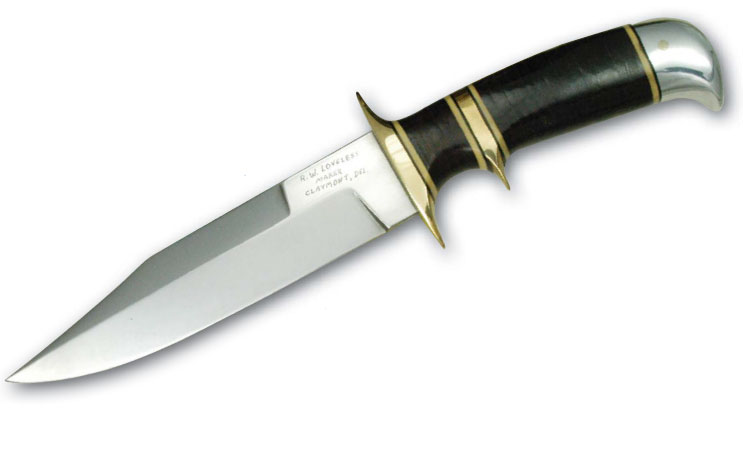
Carlos Lopez is a residential builder in Florida. Being a purveyor of high-end custom knives and running the website knifetreasures.com is his “fun job.” He compares the care of a high-end custom knife to that of a car.
“It’s like you drive a car, it gets dirty, you wash it. You gotta maintain it,” he said.
Showtime is maintenance time for Lopez, who will wipe down and open and close each blade. He uses light oil and Renaissance Wax. The cleaning continues throughout the show.
“At a show, anytime anybody picks up a knife, after they see it, you wipe it clean,” Lopez said. “Fingerprints and oils from the fingers can eventually damage and rust a blade or handle.”
However, instead of turning to a cotton cloth, Lopez uses microfiber. When a microfiber cloth gets dirty, he throws it away. The key, he says, is to keep the cloth clean so it doesn’t pick up a piece of dirt that will scratch the blade. He gets multipacks of the microfiber cloths because he has to throw away the many that get dirty.
Living in Florida, Lopez keeps his house air-conditioned. This maintains his home—and the knives within—in a low-humidity environment.
If one of his knives develops rust, Lopez usually sends it to the knife’s maker for a fix up. If the original maker is deceased, he sends the knife to a maker who does similar work. When it comes to specialty materials such as ivory, Lopez recommends two treatments. Applying Renaissance Wax—letting it dry and then buffing it off —or baby oil helps seal the material.
“If you go to dry-weather places with ivory pieces they can crack within a day,” he advised, “so yeah, you need to maintain them and seal them.”
Don’t Over Oil!
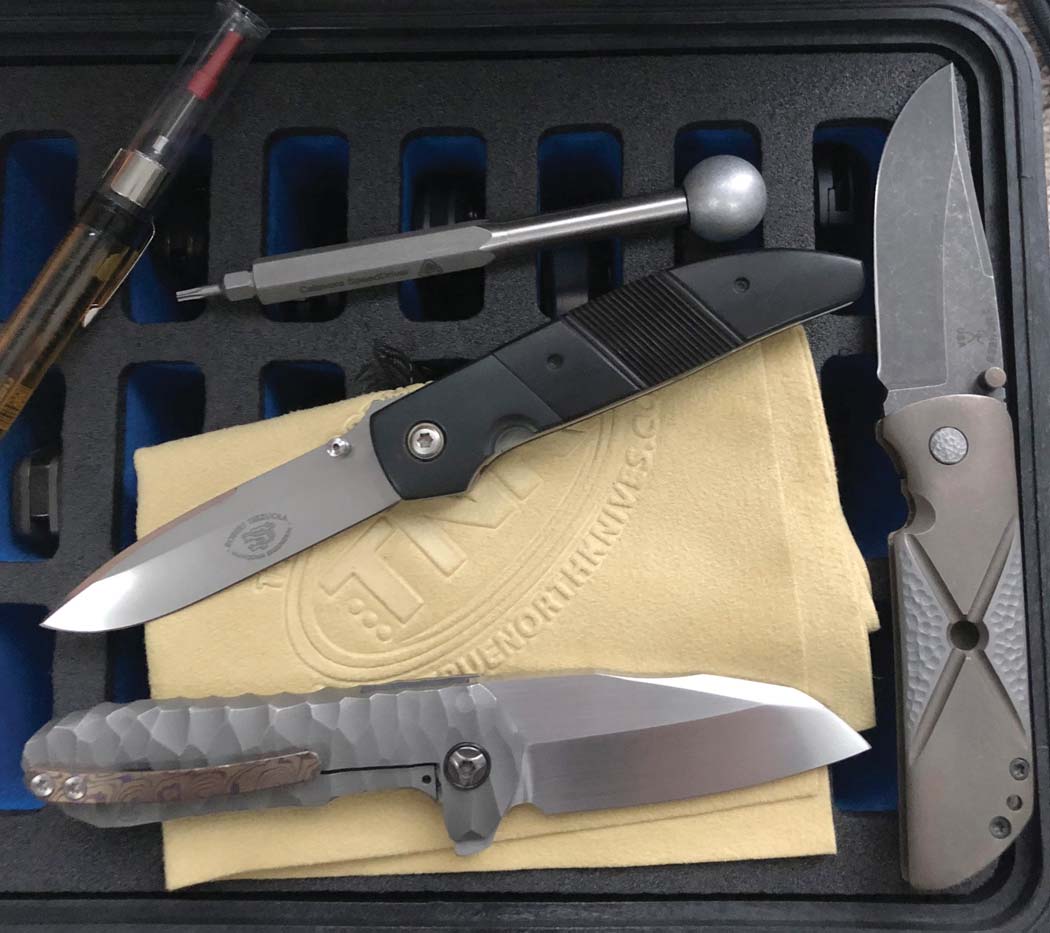
Unlike bone handles or carbon steel blades, maintenance for tactical knives is a bit easier—or so says Chris Schluter, a stay-at-home dad in Chicago who formerly worked at the German-American Chamber of Commerce.
“I love the utilitarian designs which a maker can dress up or down as desires,” he observed.
“Part of the beauty of tactical folders is that, normally at least, not a lot of care is needed,” Schluter said. “This can depend on materials, of course. However, many materials commonly used on tactical folders are by design robust and maintenance free. G-10, titanium, carbon fiber, zirconium, etc., really don’t need care. That leaves one with the blade to care for. Even then, it’s usually a high-performance”—and thus low-maintenance—“stainless steel.”
When it comes to the care of tactical folders’ pivots, they don’t need a lot of lubrication, Schluter noted, because they are often made with tight tolerances.
“Bob Terzuola once humorously mentioned to me how often people ‘over oil’ their knives, telling me how he would sometimes get knives back for a refurb that were literally dripping oil,” Schluter recalled. If lint collects in a folder’s hard-to-reach crevices, a blast of compressed air does the trick.
“Pivots which become loose over time should be tightened with the proper screwdriver or Torx wrench and a drop of Loctite® added,” Schluter said.
He stores most of his 300 custom folders in a large gun safe in padded pouches, and dozens adorn the walls of his office in display cases. As for care, he tries to wipe down each knife with a high-quality oil like Tuf-Glide a few times a year, or after he handles one.
“Unfortunately—or fortunately, depending on how you look at it—I just have too many knives now to do this all at once,” he writes. “These days I do this in batches or when I happen to be handling a piece.”
The key for him is to avoid the ever-creeping rust. For the knives in his safe, he throws in a few moisture-absorbing desiccant packs and moisture removers.
“As with any treasured belongings, protecting them is a priority,” he stressed. “I would hate to open my safe and find a bunch of rusty knives.”


